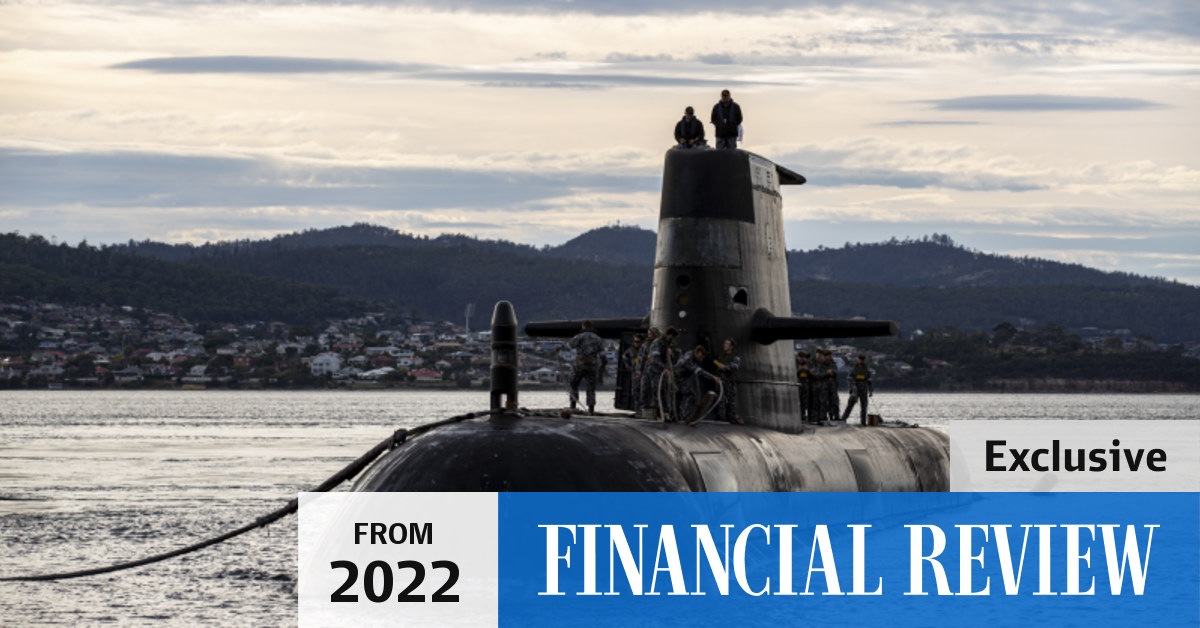Have you ever navigated a submarine? For you to comment on how easy it is suggests some experience. From my experience (doing that job) it is not easy. We had transit sat at the time and certainly GPS helps ….. but ….. GPS only works with a mast up. When the mast is up the submarine increases the indiscretion ratio and may compromise its position.
When deep you have a number of options but a ‘pool’ of errors has to be calculated which takes into account ‘estimate’ set and drive and speed over the ground. When the pool approaches a risk then action is required to reduce the pool of errors or establish the vessels position. Bottom contour navigation can be used using an echo sounder….. which again may compromise your position.
Modern gyros mean that the error in course and distance can be calculated more accurately bit to suggest this is easy understates what is required. An Australia Oberon class boat tried to go to 400 ft in 300 ft of water due to an error in calculating the pool of errors. This was East Australian waters in NSW where the charting is pretty good. Other parts of the world have some nasty uncharted lumps of ocean floor to contend with.
Operating in traffic can be ‘really’ interesting noting all your target motion analysis is done of bearings only to estimate range. A tail helps but it takes time. You could ping ….. but that gives away your position.
The UUV will need to be able to establish its position from time to time but it cannot rely on GPS unless it wants to increase the risk of detection. This things travel very slowing so tidal streams and currents will be a serious issue. This will take some smarts.
You guys need to step out of the 20th Century and get into the 21st. I think we are talking about slightly different things. There are really 2 parts to robot navigation, getting from A to B and avoiding obstacles en route.
Path finding
Under the sea, getting from A to B is easy. Most of the time it's a straight line or a couple connected lines. There is no great path finding requirement at all because you can be at a depth well beyond the 'terrain'. Based around an initial GPS reading, then INS and Doppler Velocity Logs, bearing and distance travelled can be worked out to give you a location. These technologies are not that expensive and in the larger drones can give very accurate travel up to 2 kms per thousand Km travelled. The larger drones can support more and better sensors, along with more smarts, which makes them more accurate. The process is well worked out. Take a GPS reading on the surface, dive, then track the motion using INS and Doppler Velocity Logs, then before you can say 'Kalman Filter', you have a distance and a bearing, repeat as needed
Collision avoidance.
Being able to select a depth to avoid the terrain of the sea floor makes path finding simple but also reduces your risk of collision. There is almost no traffic to contend with, so the the risk of collision is really low. In fact it is so low that many medium size drones that are ocean going seem to have no collision avoidance at at all. The large ones do, such as Boeings Echo Voyager, which uses sonar - see
https://www.boeing.com/resources/bo...s/echo-voyager/echo_voyager_product_sheet.pdf Something as big as these could sink a ship, so they obviously need collision avoidance.
So, I believe my statement remains correct, the undersea environment is one of the easiest environments for robots to navigate. I'm only talking about open ocean, not the littorals, which are a much more challenging environment.
WRT the development of these XLUUVs navigation isn't going to be a big problem in the ocean, three much bigger problems are communications, the power/propulsion issues and 'support'. Boeing have been conservative with propulsion of the Echo and Orca, which are essentially a small diesel electric sub, which has to surface.
Developing the infrastructure to support them is another, but that's the sort of thing the RAN can use it's 3 prototypes for. Ships with cranes and deck space, or a well deck will be needed as these craft will likely need transport to roughly the area of interest. The 21C version of the Submarine Tender is needed.
Added; a XLUUV that could be carried in an aircraft would add considerable speed and flexibility to their deployment.



